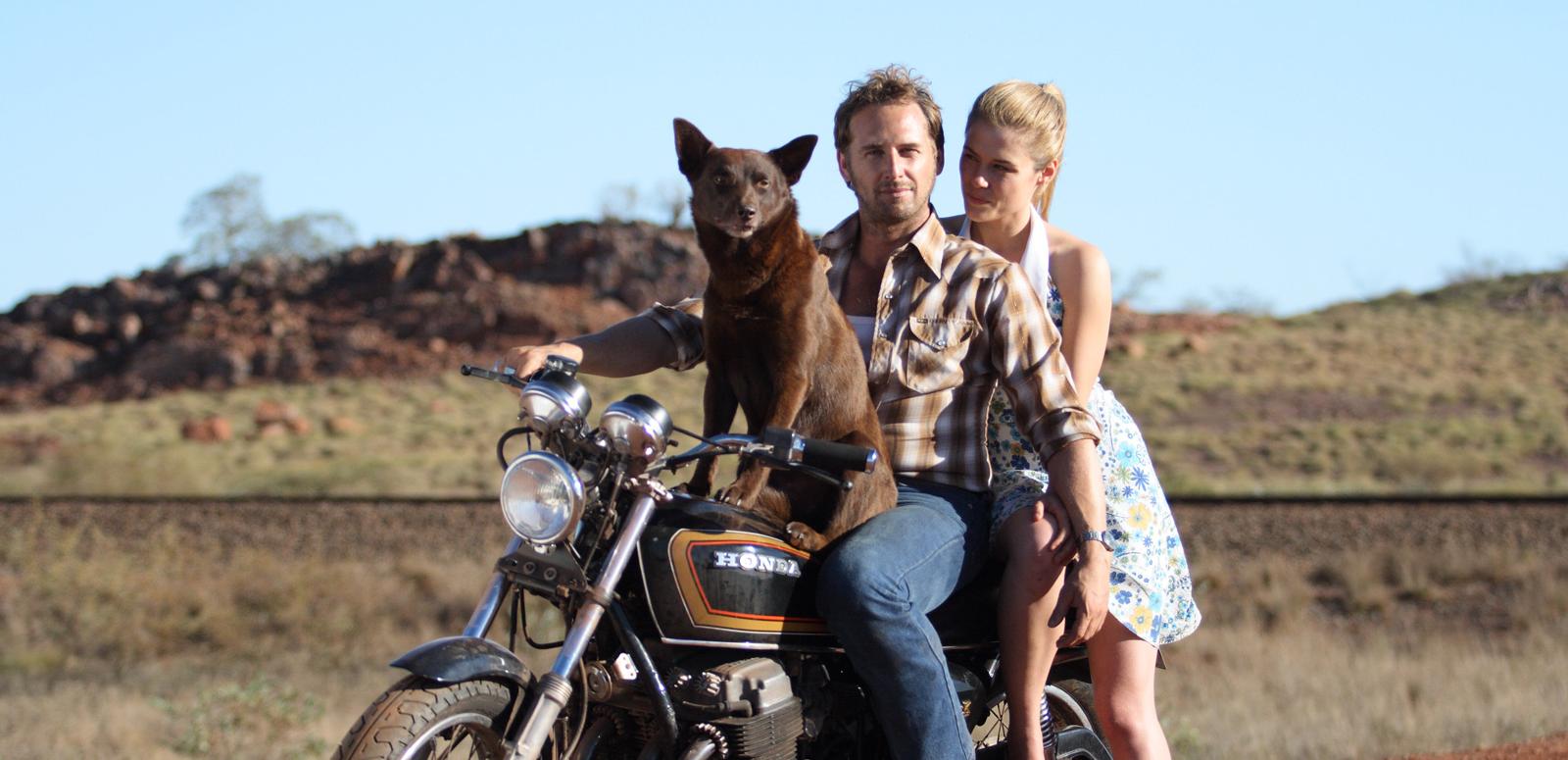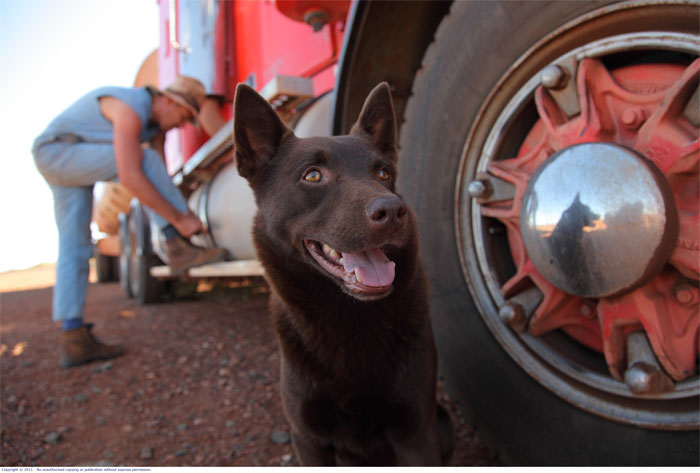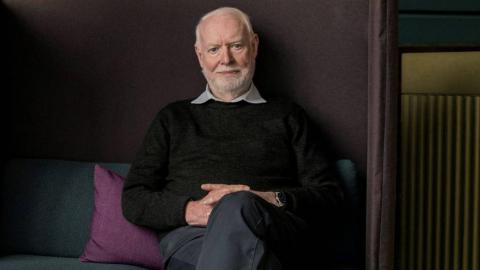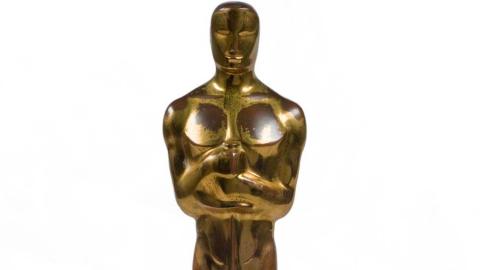

Who goes to Australian films?
To generalise a little, when The Kath and Kim Filum is released in 2012, everyone will go and see it. Cameras started rolling in July 2011 and even if the resultant film is only half decent it is sure to go gangbusters because Kath and Kim is an instantly recognisable, much loved and proven brand.

No wonder managing director of Roadshow Films, Joel Pearlman, at a seminar in Melbourne in May 2011, said he was ‘practically salivating’ at the thought of distributing the big screen adaptation of the television series starring Jane Turner and Gina Riley. At this year’s Australian International Movie Convention, Pearlman said he was “super psyched” about Roadshow’s local slate for 2011/12 – which includes The Kath and Kim Filum and the sequel to the successful 2005 horror film Wolf Creek, as well as The Cup, Any Questions for Ben?, and Goddess.
The US has many proven brands that have been turned into films, including comics and book series. The majority of Australian films have new stories and new characters and have to develop a fan base from scratch. An exception is Tomorrow, When The War Began (2010), adapted from the book series by John Marsden. By late 2010 Australians had purchased $13.5 million worth of tickets and 200,000 DVD copies had been sold to stores for rental and retail use, making it the most successful local hit of the year.
On those numbers the notion that Australians don’t like Australian films is a furphy. Given the diversity of Australian films, so too is any suggestion that those who like them have much in common. All depends, of course, on the film.
‘There’s a mistaken belief that youth don’t like Australian films,’ said Mike Selwyn, Australian managing director of distributor Paramount, when the film was still in cinemas. ‘Tomorrow, When The War Began was the Australian film they always wanted but never thought they were going to get.’
He’s not saying young people don’t like Australian films per se; just that none — or few — are made for them.
‘We always intended the primary audience to be teenage, skewing slightly female, and reports to Paramount from cinema owners supported that,’ says producer Andrew Mason now. ‘The Facebook page (which had somewhere over 100,000 friends) let us see that there was a sizable component of the audience in the 18-35 bracket who had read and loved the books in their teens.’
But Mason prefaced his comments by noting that little exit polling of Australian films is done so no-one really knows who is going to them — although some limited opening weekend exit polling of Tomorrow’s audience was used to help refine the marketing. Mason’s point is repeatedly made by distributors and producers, although most are willing to say who probably went.
Test screenings of the Australian/UK co-production Oranges and Sunshine (2011), about government-sanctioned immigration of UK children to Australia indicated that women 40 years and older, seniors, and regional Australians most liked the film. But these groups don’t usually rush out to see a picture, so when it exceeded expectations on its opening weekend a delighted Lisa Garner, group marketing director for Icon Film Distribution, deduced that younger people were also going. Given how much effort was put into attracting the education sector, perhaps they were school teachers.
Informed by the testing of about 300 people prior to release, Paul Wiegard, joint managing director of distributor Madman Entertainment, believes the audience for the bodies-in-the-barrel film Snowtown (2011) was aged 35 years and over. It will get a younger audience once on DVD.
He says certain kinds of people go to certain cinemas and sessions, which is revealing. Popular matinees are usually older people; students go to ‘tight-arse Tuesdays’. In the case of Snowtown, Queenslanders didn’t go, South Australians and Victorians did.
‘Animal Kingdom (2010) surprised us. We thought it would be male skewed but females were critical to keeping it on screens,’ he says. ‘We learned this from a poll of cinema owners, but it is not scientific in the way it is in the US and and the UK.’
Distributors often say a first night audience can kill a film stone dead because each audience member can use Twitter and Facebook to tell their entire cyber circle that a film is a dud before the end of the credits. But films can get a helping hand too. Chief executive at Icon Productions, Hollywood-based Mark Gooder, says the period drama The King’s Speech (2010) could not have reached the dizzy heights it did — it grossed more than $400 million worldwide, including about $30 million in Australia — if the internet had not magnified the speed and depth of word of mouth. The film was made by an Australian/UK production company.
Back-of-the-envelope calculations using figures from the Motion Picture Distributors Association indicate that 4.1 to 4.6 million tickets are sold to Australian films annually. But recent research commissioned by Screen Australia indicates that in-cinema consumption of Aussie films is just the tip of the iceberg: viewings of the 100 Australian features released in cinemas 2007 to 2009 totaled 101 million, 65% of which were on video (61% DVD/Blu-ray, 4% online), 26% on television (16% free-to-air, 10% subscription) and 9% on video.
Top grossing Australian films
Released between 1 January 2010 and 30 September, 2011
- Red Dog (currently in cinemas), Roadshow, Aug 4, 2011, $19.67m
- Tomorrow, When The War Began, Paramount, Sept 2, 2010, $13.48m
- Bran Nue Dae, Roadshow, Jan 14, 2010, $7.68m
- Animal Kingdom, Madman, June 3, 2010 $5m
- The Kings of Mykonos: Wog Boy 2, Paramount/Transmission, May 20, 2010, $4.9m
- Legend of the Guardians: The Owls of Ga’Hoole, Roadshow, Sept 30, 2010, $4.73m
- Sanctum, Universal, Feb 3, 2011, $3.869m
- Oranges and Sunshine, Icon, June 9, 2011, $3.76m
- Beneath Hill 60, Paramount/Transmission, April 15, 2010 $3.22m
- Daybreakers, Hoyts, Feb 4, $2.45m
- I Love You Too, Roadshow, May 6, $2.36m
Source: Motion Picture Distributors Association of Australia
So who is the audience for Australian films? It’s an uncomfortable question to which nobody has a definitive answer. Only a clearer, deeper understanding of local audiences – the real ticket-paying ones, and not those that producers and distributors hope for with fingers crossed – and their media consumption habits will help Australia’s creatives and decision-makers create the films that will truly speak to them. Only then will the box office share for local productions reach a healthy balance.
The National Film and Sound Archive of Australia acknowledges Australia’s Aboriginal and Torres Strait Islander peoples as the Traditional Custodians of the land on which we work and live and gives respect to their Elders both past and present.


